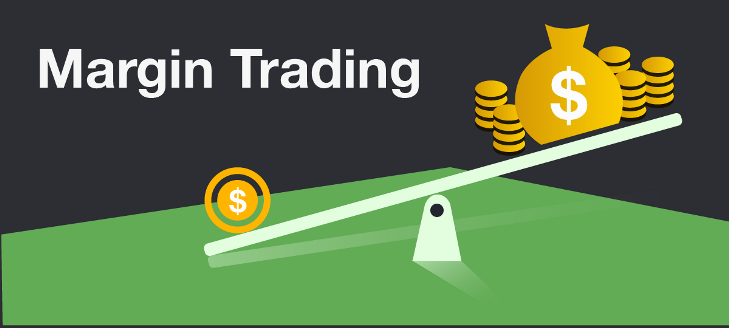What is margin in Forex and stock exchanges or broker margin?
Recently, trading on the stock exchange has become particularly attractive thanks to margin trading, which allows traders to significantly increase their funds using leverage.

To fully understand the process, you need to understand what margin is on Forex or other financial or commodity exchanges.
Broker margin is the amount of funds that a broker provides to a trader as a loan for trading on a currency, commodity, or stock exchange.
These funds cannot be used for other purposes or simply withdrawn from the brokerage company; they are a targeted loan that can only be used to conduct a stock exchange transaction.
For example, deposit size is $1,000, margin leverage is 1:10 – the available capital for trading in this case is $10,000. That is, in this case, the broker's exchange margin will be $9,000.
If we change the leverage to 1:50 and leave the deposit unchanged, we'll now have $50,000 at our disposal. In this case, the broker's margin will increase to $49,000.
Some aspects of using broker margin in Forex trading
When using brokerage funds, many traders wonder: what happens if I lose this money? Will I have to cover the broker's losses? Fortunately, such incidents are almost never encountered in practice due to the specific nature of the process.
In margin trading, the collateral is solely the trader's funds, so it is not possible to conduct it unless a margin account has been opened and funds have been transferred to it.
 this case, the broker's margin plays only a supporting role, and all losses incurred as a result of the transaction are borne solely by the client's deposit and cannot exceed its amount.
this case, the broker's margin plays only a supporting role, and all losses incurred as a result of the transaction are borne solely by the client's deposit and cannot exceed its amount.
For example , if the deposit amount is $1,000, leverage is 1:100, and the transaction amount is $100,000, the transaction will be closed as soon as the losses on the transaction reach $1,000.
In practice, to protect their own funds, brokers typically reinsure themselves and close unprofitable transactions when the loss amount does not exceed 10% of the forex margin . This means that if you have $1,000 in your deposit, the broker will forcibly close the transaction when the losses reach $900.
Broker margin in forex trading has undeniable advantages, but its use is not without its drawbacks, the main one being the risk of losing the entire amount of funds and a sharp increase in the unprofitability of transactions.
While when trading solely with one's own funds, the amount of loss is equal to the unfavorable change in the asset's value, when using borrowed funds, it increases proportionally to the leverage.
 For example , there is a deposit of $2,000, and the leverage is 1:1, while a buy transaction is opened, but contrary to expectations, the currency price fell by 1%, in this case the loss on the transaction will be $20.
For example , there is a deposit of $2,000, and the leverage is 1:1, while a buy transaction is opened, but contrary to expectations, the currency price fell by 1%, in this case the loss on the transaction will be $20.
In the second option, we use leverage of 1:50, and accordingly increase the trade size by 50 times. Now, a 1% exchange rate change will result in a loss of $1,000 on the deposit.
When using margin in Forex, not only losses but also profits increase, which is why margin trading is so popular.
Currently, brokerage companies offer quite different leverage levels; the broker's margin depends both on the company itself and on the asset being traded.
Companies licensed by the Central Bank of Russia provide leverage of no more than 1:50, while foreign brokers are more flexible in this regard, and the maximum margin for forex trading can be up to 1:3000.
You can find a list of popular brokerage companies on the page - https://time-forex.com/spisok-brokerov

